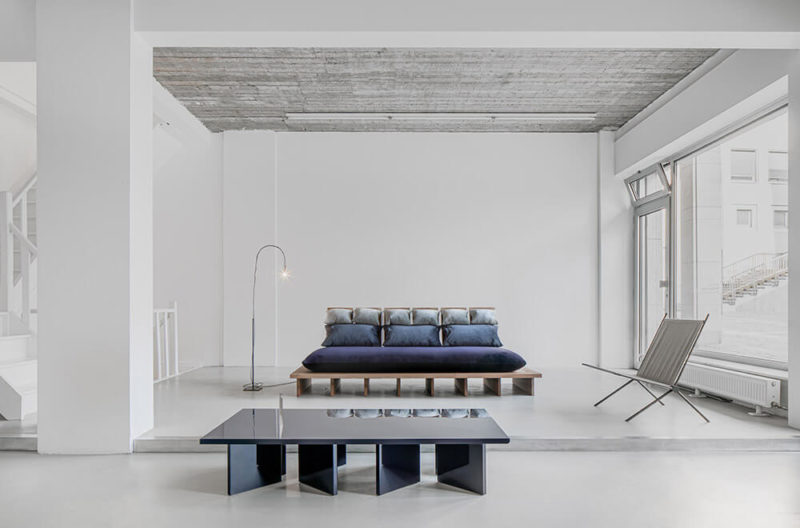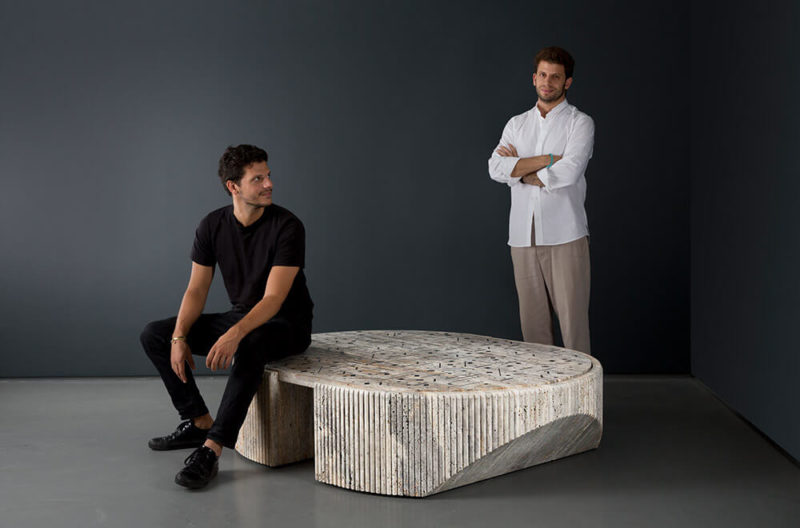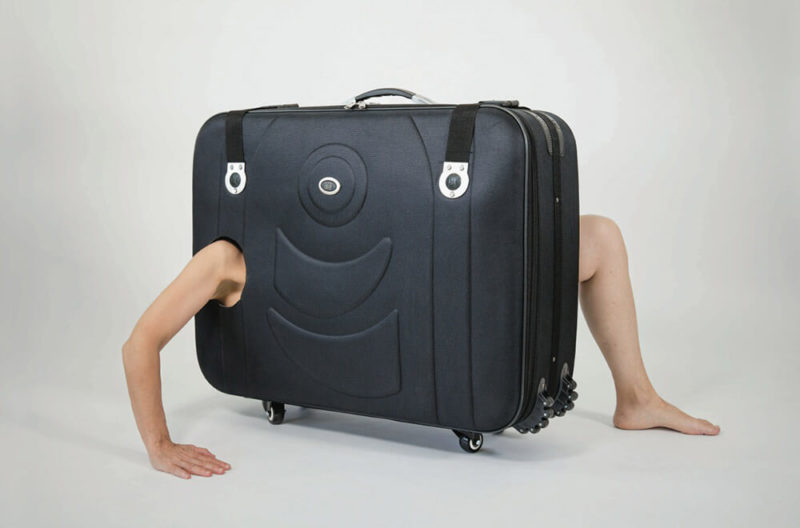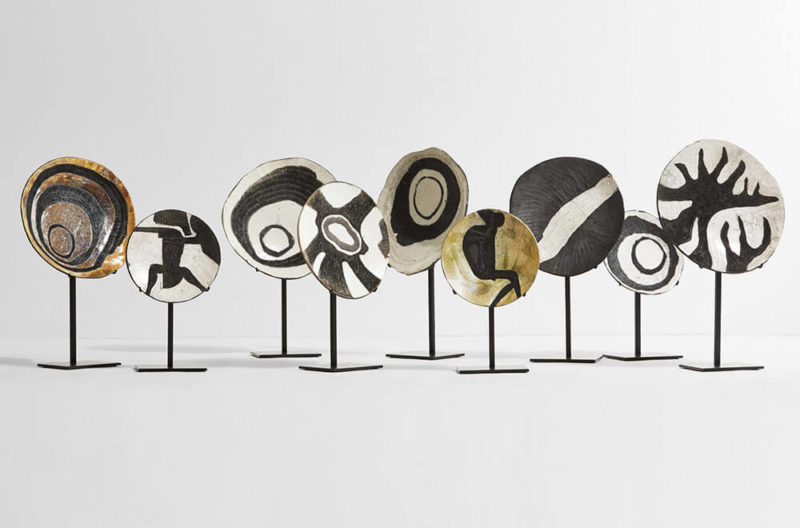Piasa: From Beirut Art + Design scene / SALE PREVIEW
Well-known talents mix with upcoming designers, in a sale to support Lebanese arts.
PIASA auction house, 118 rue du Faubourg Saint-Honoré, 75008 Paris
30th September 2020

Karen Chekerdjian, ‘Living Space III – N°1/12’, 2012. (Estimate €8,000 – €12,000. Sold for €11,611)
COURTESY: PIASA
PIASA’S ‘FROM BEIRUT Art + Design scene’ sale, bringing together works by 70 artists and designers, was programmed last year. But its timing this September, one month after the devastating explosion in Beirut’s port, feels poignant. The sale has been curated by Joanna Chevalier, a Lebanese-born, Paris-based consultant who served as the artistic director of Beirut Art Fair last year. “Lebanon was experiencing an economic crisis and designers and artists weren’t selling anything, so I went to see Frédéric Chambre [PIASA’s executive director and head of its design department] last December and proposed organising this sale,” Chevalier says.
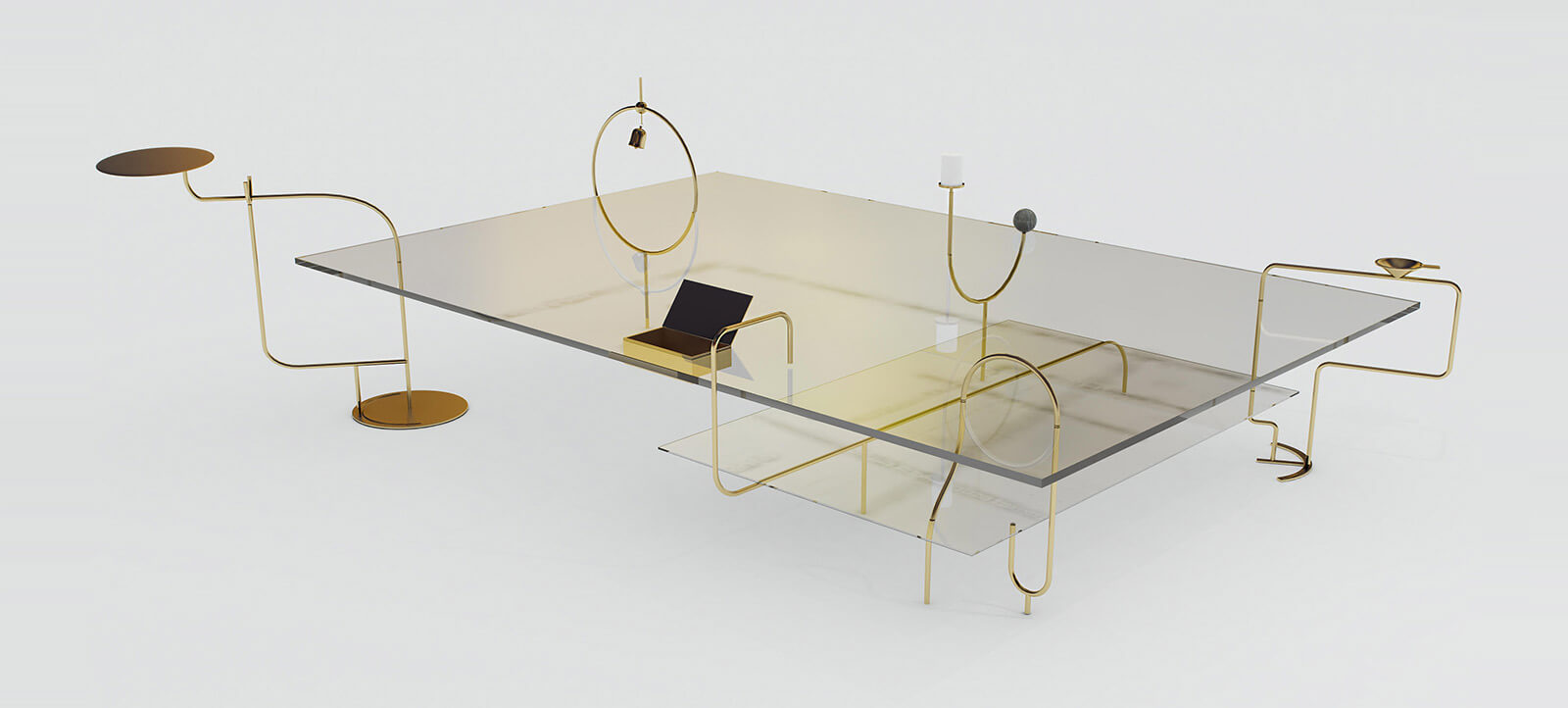
Gregory Gatserelia, ‘Quidamus – No1/8’, 2016. (Estimate €12,000 – €18,000. Sold for €15,600)
COURTESY: PIASA
Scheduled for June but postponed due to COVID-19, the sale features works that Chevalier selected through direct contact with the artists and designers. “We assembled everything and all the works left Beirut in a container a week before the explosion,” she recounts. “It’s strange because I was extremely stressed – as if I intuitively sensed that something would happen.”
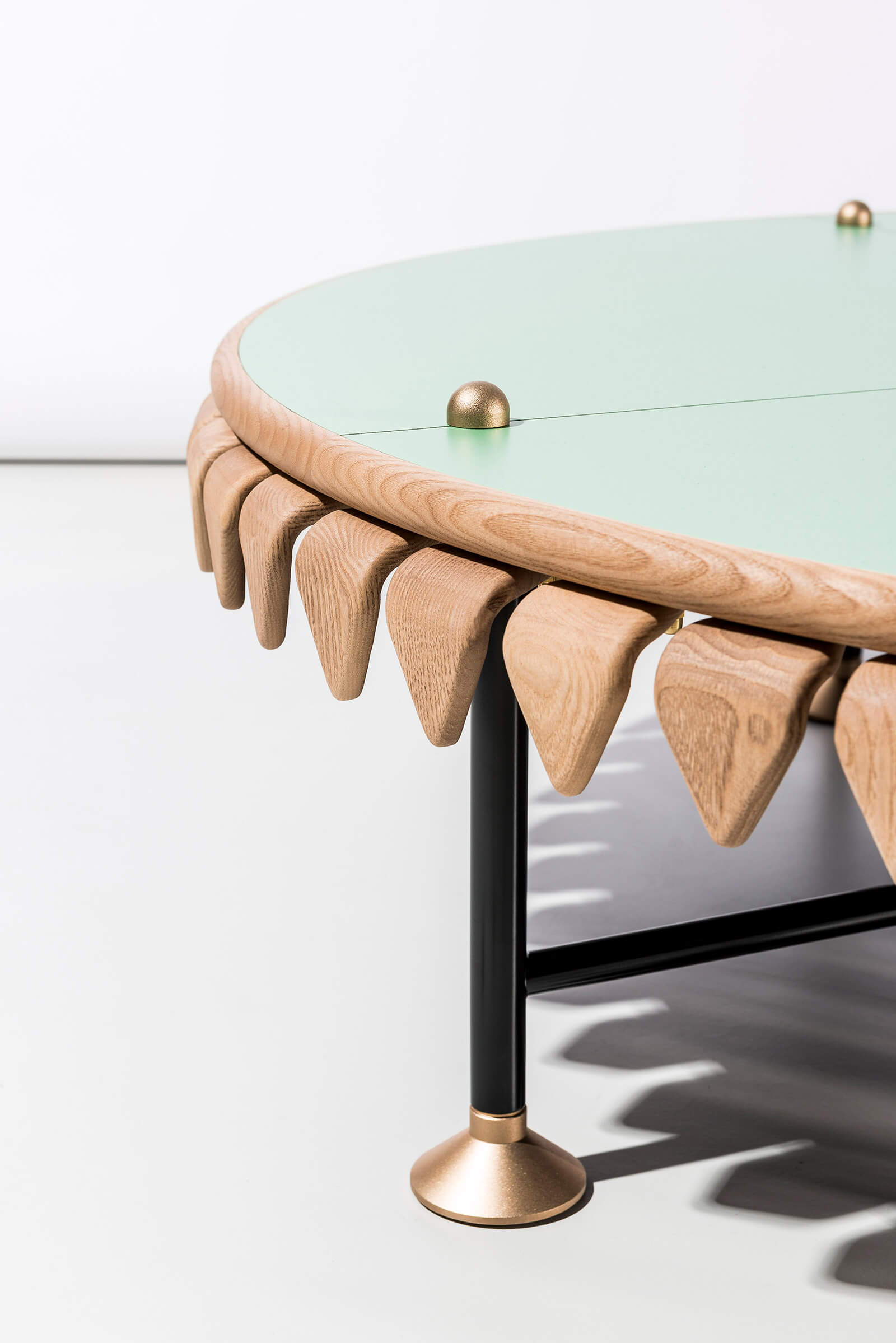
david/nicolas, ‘Leaves’ coffee table, 2017. (Estimate €8,000 – €12,000. Sold for €11,700)
COURTESY: PIASA
Alongside works by Lebanon’s well-known talents, such as david/nicolas, Nada Debs, Karen Chekerdjian and Georges Mohasseb, are pieces by several upcoming designers. Chevalier hopes that the sale will bring them all more visibility. “The idea of the sale is to be able to help them find commissions from galleries, interior designers and other projects,” she says. Five percent of the total proceeds of the sale will go towards supporting students at the Lebanese Academy of Fine Arts, in order to provide partial grants towards tuition fees.
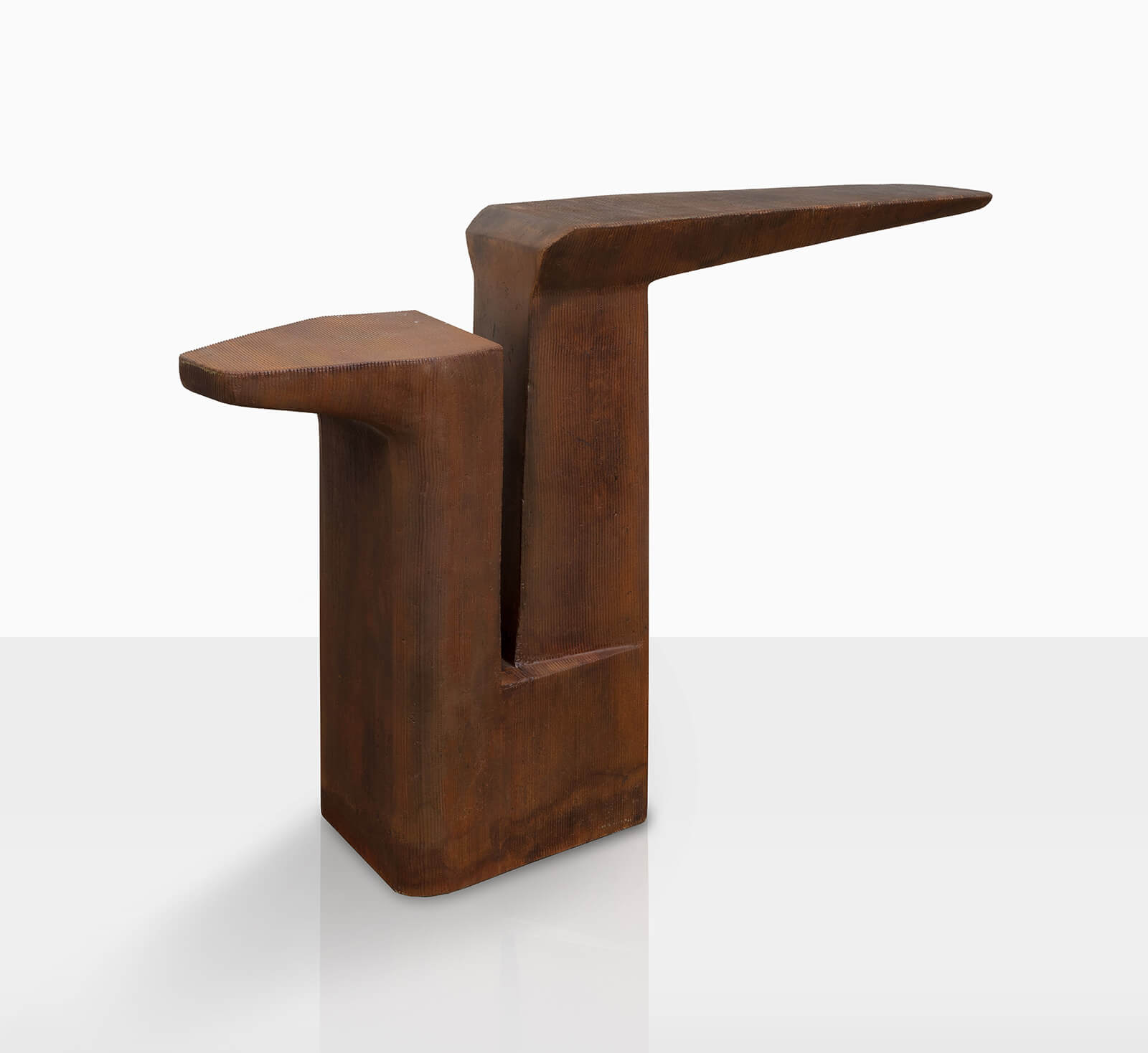
Georges Mohasseb, ‘Laudimia’, 2019, from the ‘Future Memories’ collection. (Estimate €4,000 – €6,000. Unsold)
COURTESY: PIASA
The Design Edit takes a look at some of the upcoming designers in the sale.
Stéphanie Moussallem
Stéphanie Moussallem’s low walnut table, ‘Crack – N°1’ with handmade butterflies on its veneered midnight blue top, was designed shortly after last October’s anti-government protests that rocked the country. The crack in the middle divides the table into two separate pieces, lending it a double function. “The crack represents a dream of broken unity and, after making it, I realised that it closely resembles Lebanon’s coastline – was that by chance, or a premonition?” she asks, referring to Beirut’s explosion in August. “Unfortunately, the more that time passes, the more meaning the table takes on.”
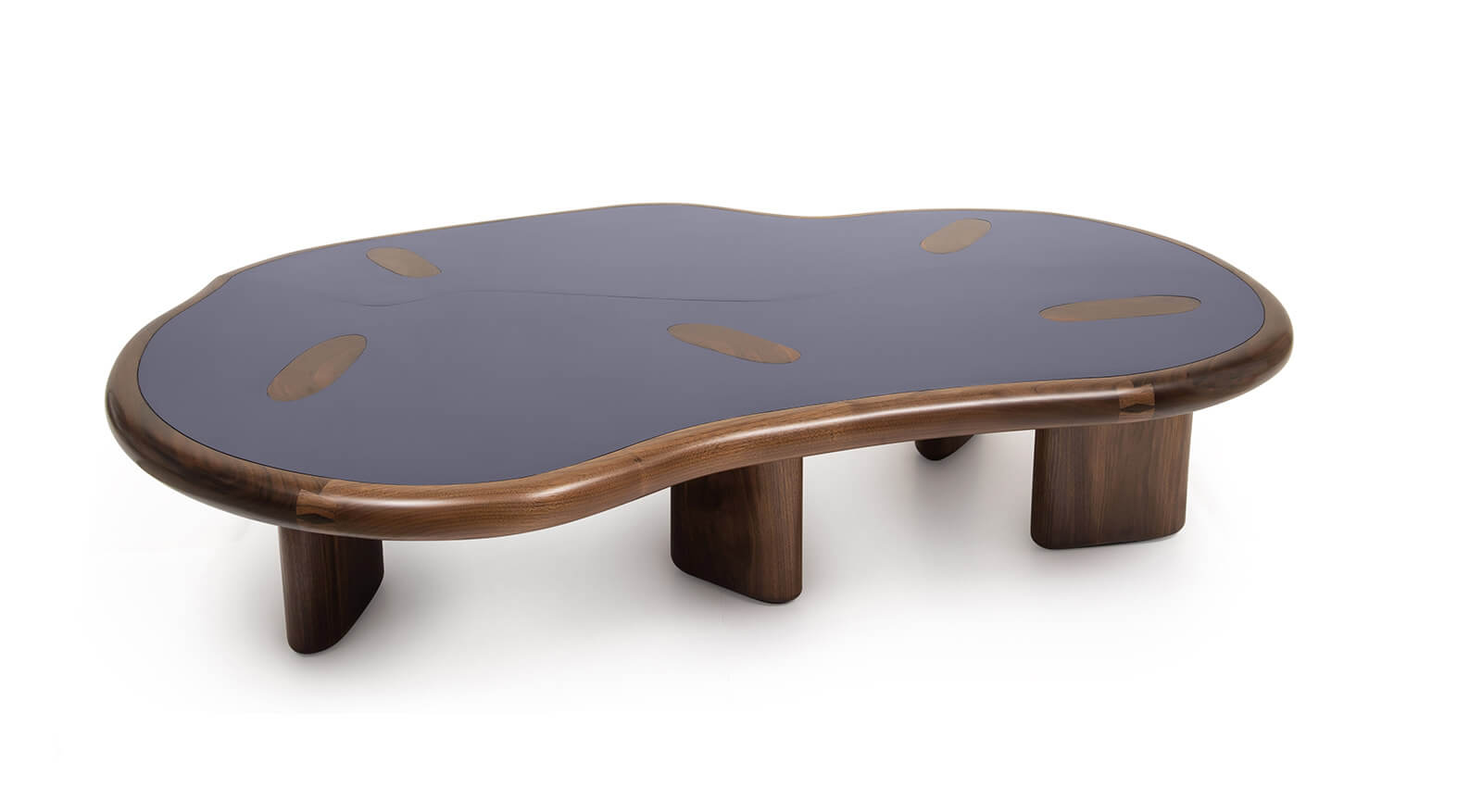
Stéphanie Moussallem, ‘Crack – N°1’, 2019. (Estimate €5,000 – €7,000. Sold for €7,150)
COURTESY: PIASA
Born in 1987, Moussallem has a multidisciplinary studio that designs furniture, products and interiors. Although she is opening a second studio in Paris this year, she nonetheless favours having her pieces produced by Lebanese craftsmen. “We should have solidarity in these difficult times,” she says. “I push them to achieve the desired result, but always end up discovering and learning new techniques and ways of working.”
Khaled El Mays
Khaled El Mays created two pieces specifically for the PIASA sale: a pair of armchairs upholstered in 1980s vintage cotton and a sofa upholstered in 1980s vintage velvet. They belong to the ‘Transformers Collection’ (2020), loosely inspired by the 1980s Transformers animation movie. El Mays sought to translate the movie’s “futuristic look and overlapping volumes” into romantic, subtle shapes aligned with his studio’s research into craftsmanship.
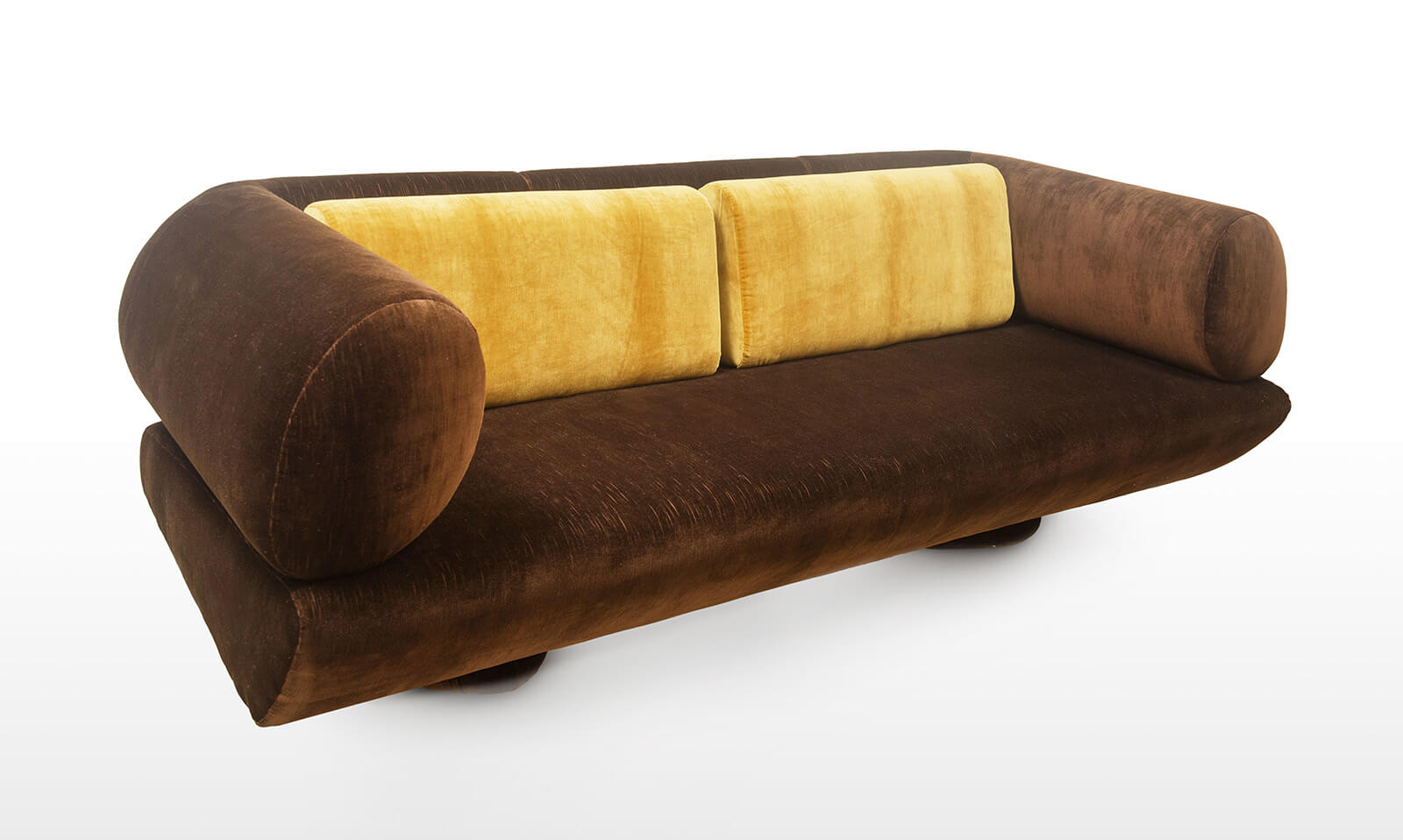
Khaled El Mays, ‘Sofa – Artist’s Proof’, 2020. (Estimate €12,000 – €18,000. Unsold)
COURTESY: PIASA
He found the gorgeous 1980s velvet fabric earlier this year when visiting the storage of the former furniture gallery in Beirut that had belonged to Chevalier’s father. “I fell in love with many of the samples and started digging to find suitable ones for the ‘Transformers Collection’,” he says. “The process ended up being a recycling exercise attached to the value of emotions and time.”
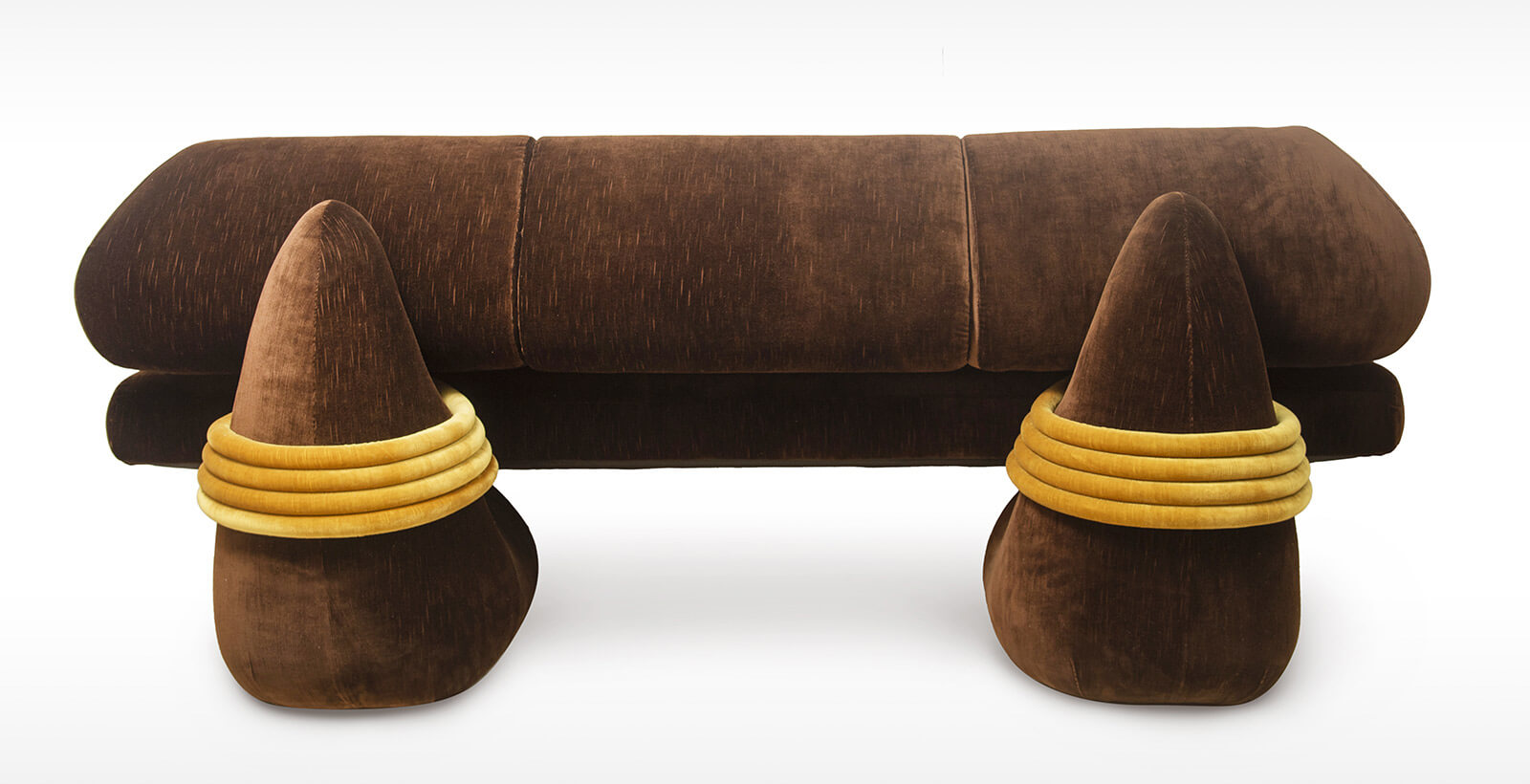
Khaled El Mays, ‘Sofa – Artist’s Proof’, 2020. (Estimate €12,000 – €18,000. Unsold)
COURTESY: PIASA
Born in 1985, El Mays studied architecture at the American University of Beirut and attained an MFA in Digital Arts from Pratt Institute in New York. His studio, Khaled EL MAYS Atelier, focuses on furniture design, interior architecture and graphics.
Carlo Massoud and Mary-Lynn Massoud
Mary-Lynn Massoud is a ceramicist while her brother, Carlo, is a product and interior designer. Mary-Lynn, 39, honed her ceramic skills at the Manufacture nationale de Sèvres in France, while Carlo, 36, gained a MA in Product Design from ECAL in Lausanne.
The two teamed up for the first time in 2015 to create the ‘Autopsy’ collection; two of these pieces, including a sculptural stool, ‘Autopsy 02’, made from patinated bronze and ceramic, feature in the PIASA sale. The stool’s distinguishing qualities are the tonalities shifting from green to brown, the gently rounded shapes and its evocation of a different era.
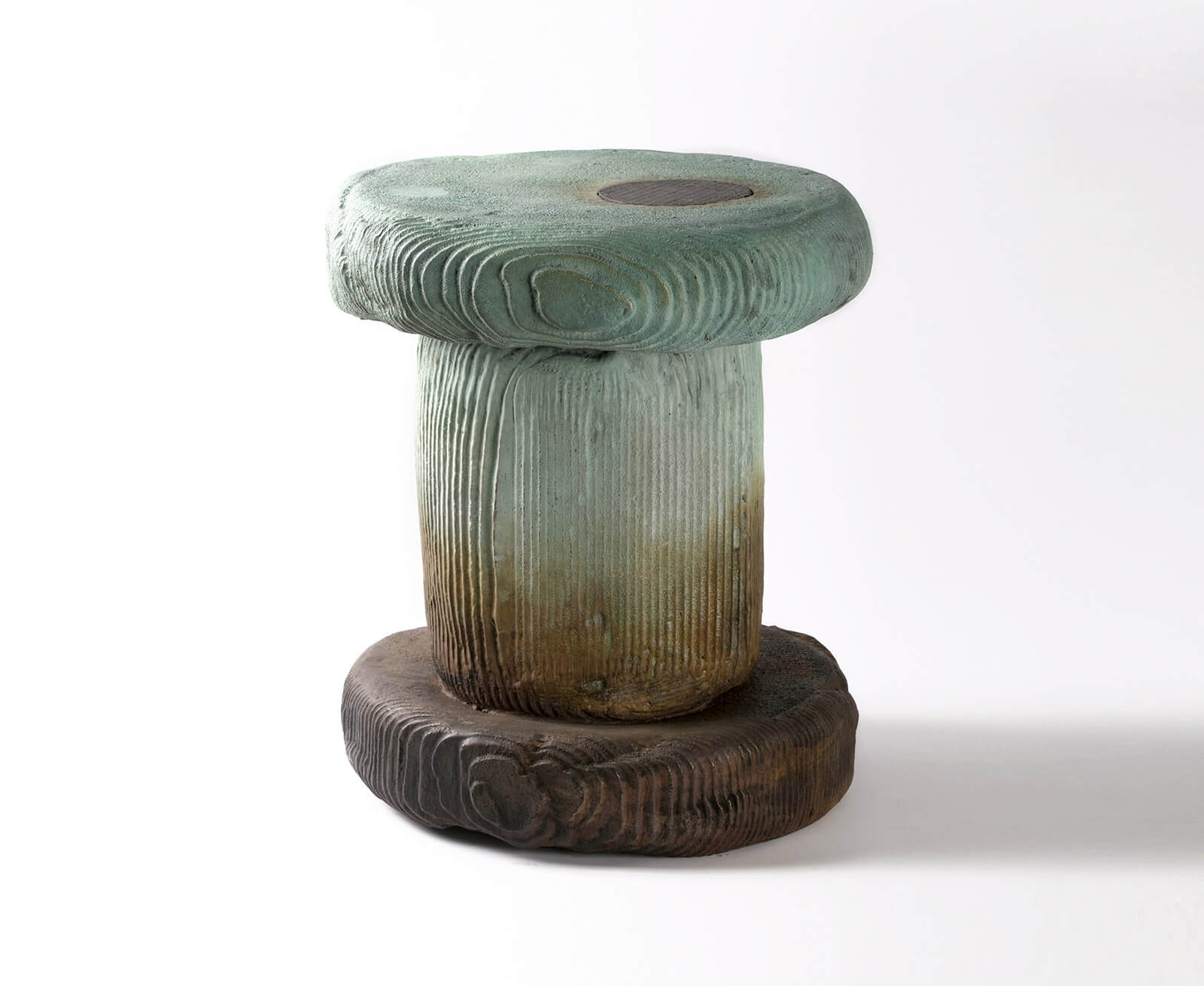
Carlo Massoud & Mary Lynn Massoud, ‘Autopsy 02’ stool, 2015. (Estimate €7,000 – €9,000. Unsold)
COURTESY: PIASA
There are also numerous works that the designers created separately: brightly coloured ceramics in experimental shapes that Mary-Lynn created in collaboration with Rasha Nawam in 2014, as well as architectural sculptures from Carlo’s ‘Cities’ collection (2018). Utterly intriguing is Carlo’s ‘Silver City Mar Mikhael’ (2017), which was created in the Annaratone Jewelry studio in Valenza, northeast Italy. This architectural piece was made using Anaratone’s exquisite objects and pieces of jewellery, notably fine silver and gems.
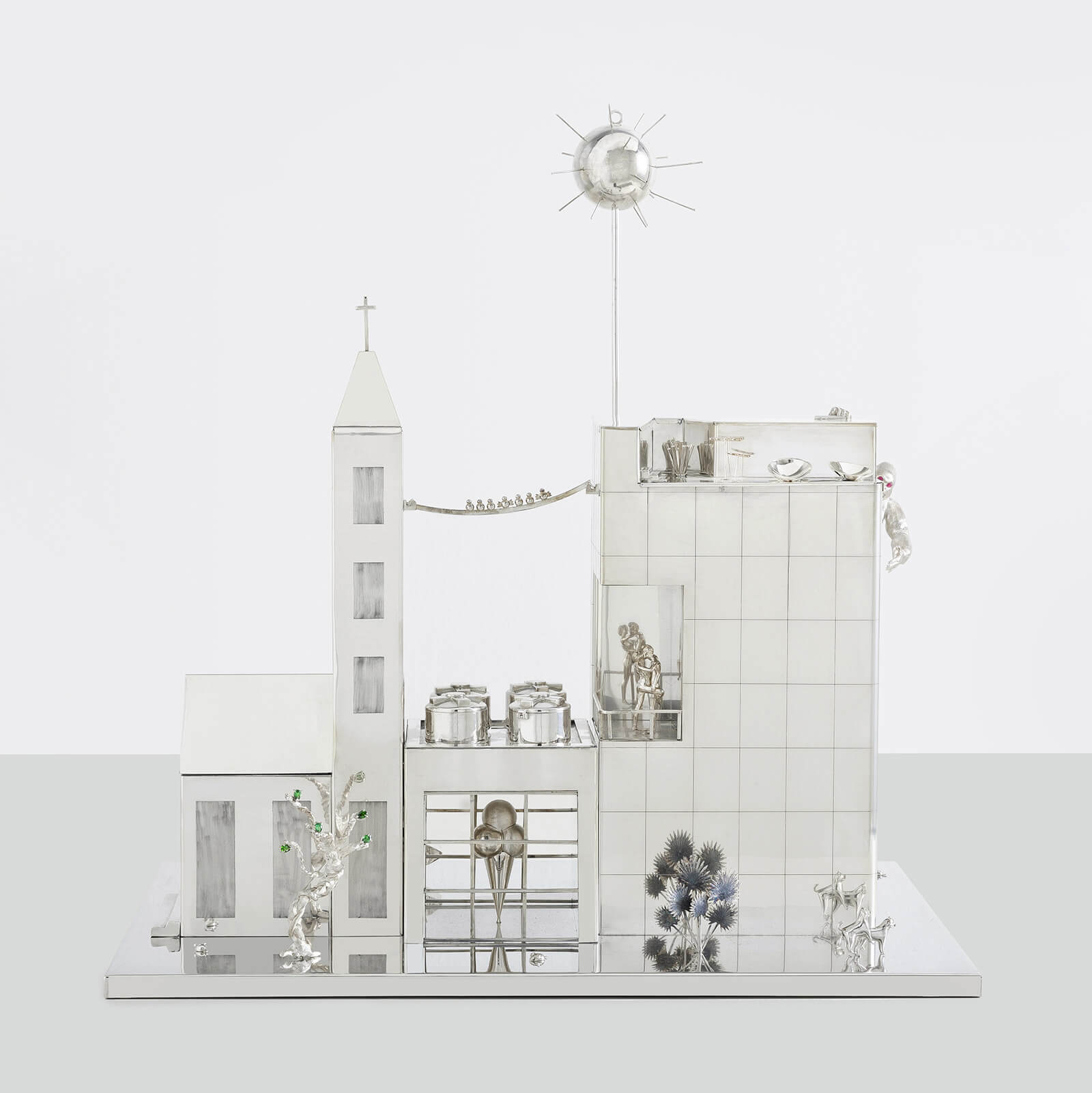
Carlo Massoud, ‘Silver City Mar Mikhael’, 2017. (Estimate €12,000 – €18,000. Sold for €18,200)
COURTESY: PIASA
Rumi Dalle
Rumi Dalle is an artist whose works with textiles and objects revisit craftsmanship and materials with a fresh, original language. Winner of the 2016 Boghossian Foundation Prize in Lebanon, Dalle has travelled to various countries to learn about disappearing crafts. In 2012, following workshops with a felt-maker in Ireland, her ensuing experiments with felt culminated in her unique wall sculpture, ‘This is Where We Meet’ (2012), in the PIASA sale. It comprises an abundance of tightly woven pieces of felt in a range of autumnal tones, with longer pieces dangling down. The sculpture is a “play on words, like a meeting place of two lovers, or a fantasy universe disconnected from the ground, like an island,” she says.
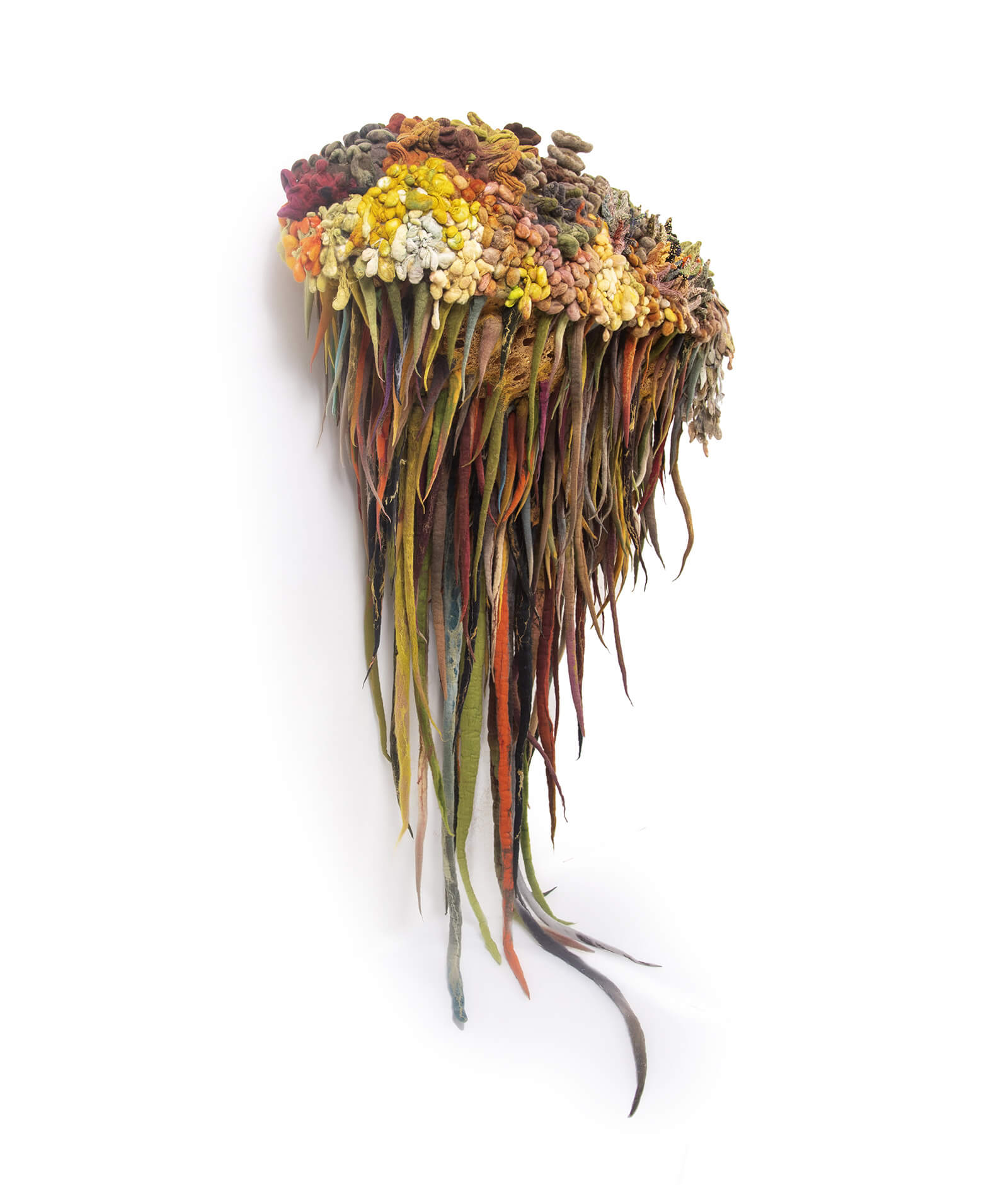
Rumi Dalle, ‘This is where we meet’, 2012. (Estimate €15,000 – €20,000. Sold for €31,418)
COURTESY: PIASA
Dalle also makes installations, including window displays for Hermès’ store in Beirut. Using spinning wheels, handlooms, balls of yarn, embroidery hoops and buttons, her Hermès installations in 2017 paid homage to traditional weavers, while a winter-themed display made with mounds of broken glass captured the haziness of heavy showers.
Marc Dibeh
Marc Dibeh’s sensual ‘Circular couch’ (2018) belongs to a collection that Dibeh made for his exhibition at Joy Mardini Design Gallery in Beirut in 2018. Using white and exploring soft geometric shapes, the collection titled ‘Dimanche 06’ draws inspiration from joyful childhood memories and was provoked by Dibeh’s loss of his mother the day after his thirtieth birthday. Indeed, ‘Circular couch’ – a modular white velvet sofa made from a circle and a half circle entering its centre – could be interpreted as faintly evoking a mother and an infant and an expression of the maternal bond.
Born in 1985, Dibeh designs products and interiors, an attention to geometry being key to his practice. Also included in the PIASA sale is an oval aluminium mirror inside a rectangular structure, made from stainless steel and walnut. It was created in collaboration with Marc Baroud and is part of their ‘Wires’ collection (2012).
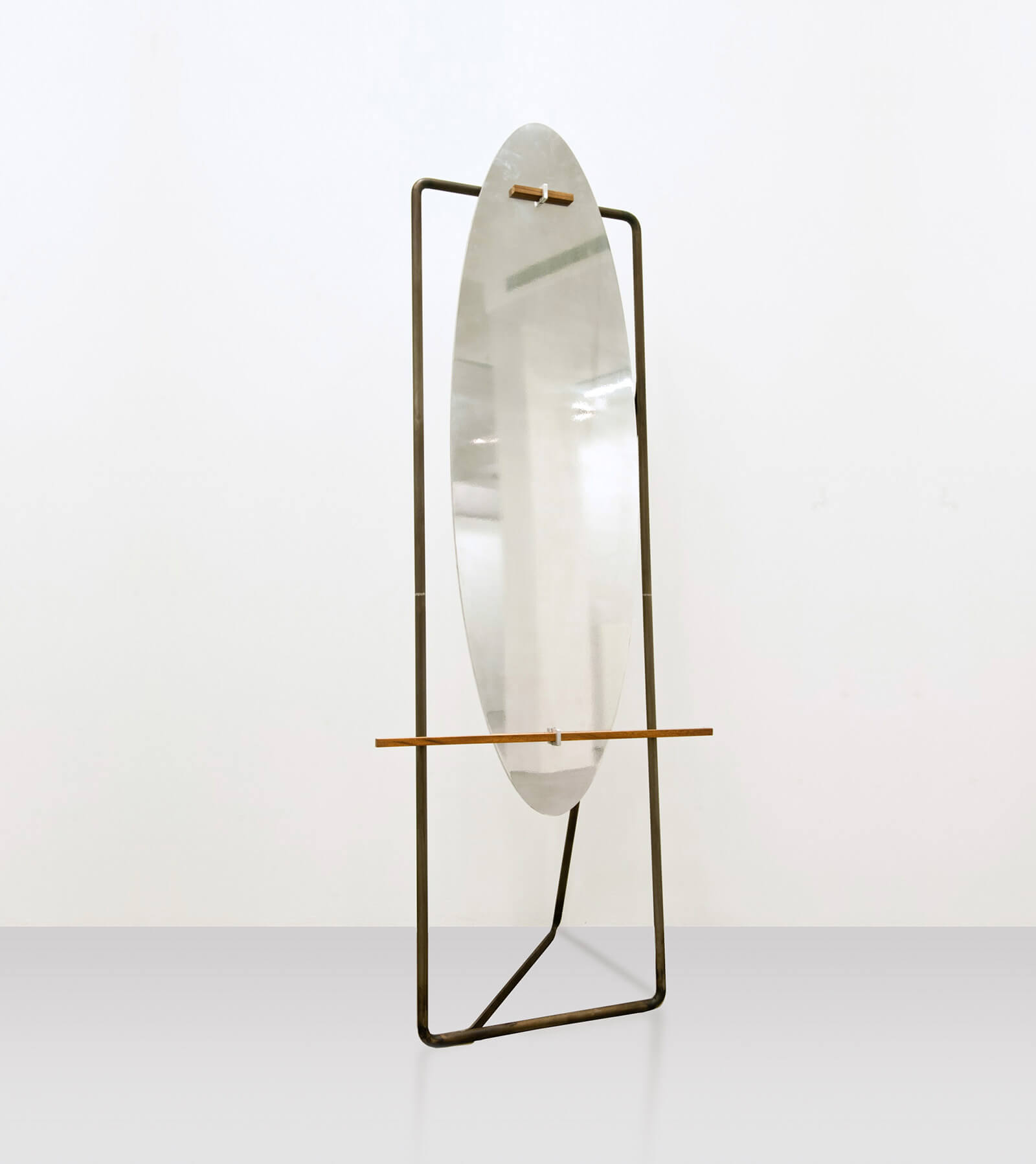
Marc Baroud and Marc Dibeh, ‘Mirror – N°1/10’, 2012, from the ‘Wires’ collection. (Estimate €2,000 – €3,000. Unsold)
COURTESY: PIASA
From Beirut Art + Design scene at PIASA auction house.




